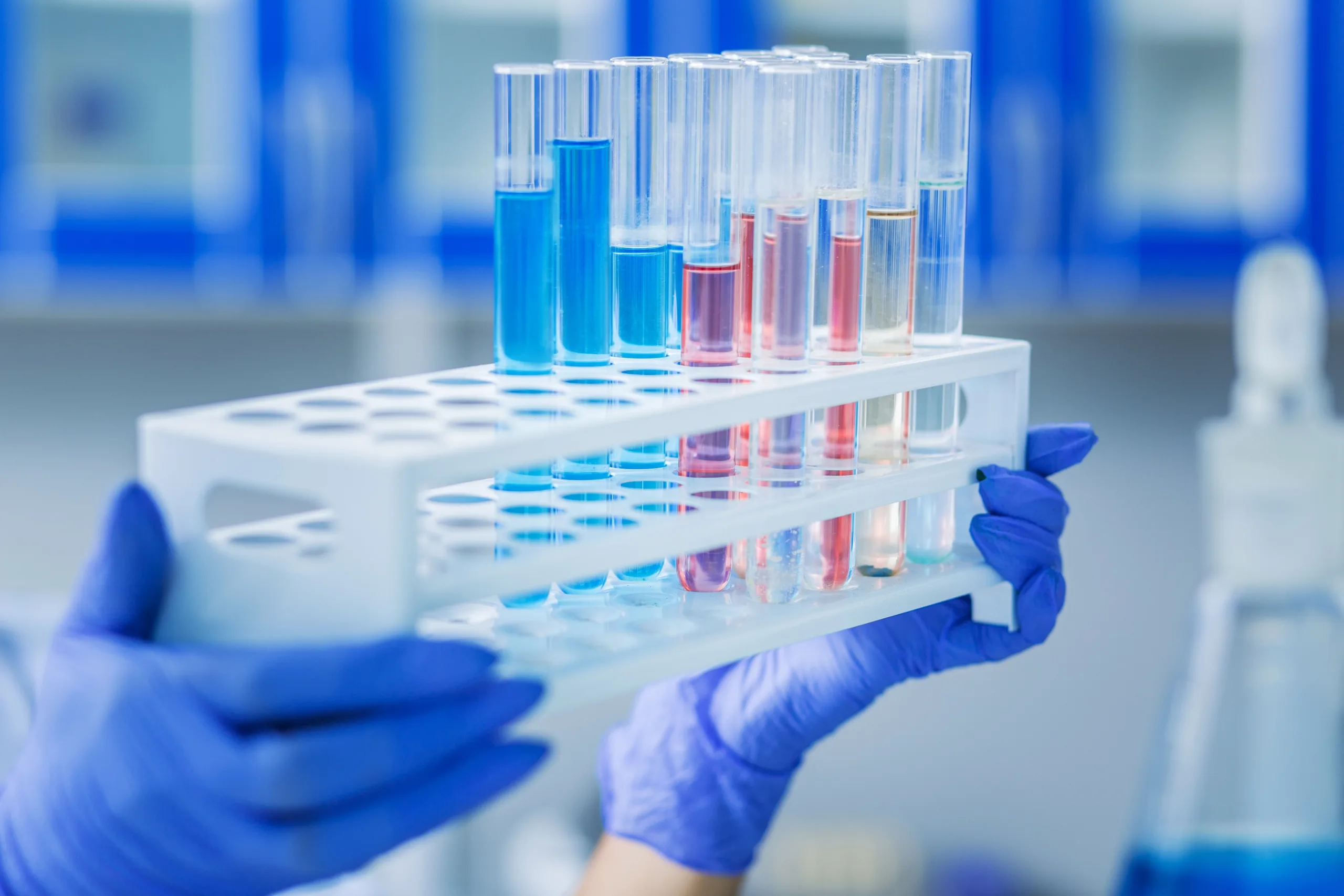Drug stability studies serve as the bedrock of pharmaceutical development, providing crucial insights into how drugs behave under various conditions over time. In this blog, we explore the significance of drug stability studies, their methodologies, and their role in ensuring the quality and reliability of medications.
Drug stability studies are systematic investigations that assess the chemical, physical, and microbiological properties of drugs under different environmental conditions. These studies aim to determine the shelf life of a drug product and identify any factors that may compromise its stability, potency, or safety during storage, transportation, and use.
Key Parameters Examined in Drug Stability Studies:
- Chemical Stability: Chemical stability refers to the ability of a drug substance to maintain its chemical integrity and potency over time. Stability studies monitor factors such as degradation, oxidation, hydrolysis, and interaction with excipients or packaging materials that could alter the drug’s chemical composition.
- Physical Stability: Physical stability involves assessing changes in the appearance, texture, and formulation of a drug product. This includes monitoring for phenomena such as crystallization, precipitation, phase separation, or changes in viscosity, which may affect the drug’s usability or acceptability.
- Microbiological Stability: Microbiological stability focuses on preventing microbial contamination and proliferation in drug products. Stability studies evaluate factors such as microbial growth, sterility, and preservative efficacy to ensure that drugs remain free from harmful microorganisms throughout their shelf life.
- Storage Conditions: Drug stability studies examine the impact of various storage conditions, including temperature, humidity, light exposure, and atmospheric conditions, on the stability of pharmaceutical products. Understanding how these factors influence drug degradation helps establish appropriate storage recommendations and packaging requirements.
There are a variety of methodologies included in robust stability studies, including:
- Accelerated Stability Testing: Accelerated stability testing involves subjecting drug products to elevated temperatures and humidity levels to accelerate degradation processes and predict long-term stability. This allows manufacturers to estimate shelf life more rapidly and identify potential stability issues early in the development process.
- Real-Time Stability Testing: Real-time stability testing involves storing drug products under recommended storage conditions for an extended period, typically the full duration of their intended shelf life. This approach provides direct evidence of how drugs degrade over time and validates the results obtained from accelerated testing.
- Stress Testing: Stress testing involves subjecting drug products to extreme conditions, such as high temperatures, humidity, light exposure, or pH variations, to identify potential degradation pathways and degradation products. This helps manufacturers understand the inherent stability of their products and design formulations that can withstand environmental challenges.
- Photostability Testing: Photostability testing evaluates the susceptibility of drug products to degradation induced by light exposure, particularly ultraviolet (UV) and visible light. By assessing photodegradation pathways and implementing appropriate packaging or light-protection measures, manufacturers can ensure the stability of light-sensitive drugs.
Drug stability studies play a critical role in pharmaceutical quality assurance, ensuring that medications maintain their efficacy, safety, and quality throughout their shelf life. By conducting comprehensive stability assessments and adhering to regulatory guidelines, manufacturers can minimize the risk of product failures, recalls, or adverse events due to stability-related issues. Furthermore, ongoing monitoring of drug stability post-market enables continuous improvement and optimization of formulations to meet evolving regulatory standards and patient needs.
By rigorously evaluating chemical, physical, and microbiological properties under various conditions, manufacturers can ensure that drugs remain safe, effective, and reliable from production to patient use. As pharmaceutical technology advances and regulatory requirements evolve, continued investment in drug stability studies will be essential for advancing the standard of pharmaceutical quality and safeguarding patient health and well-being.
As science and technology advance, pharmaceutical development has become more demanding than ever. No matter how complex the therapy or how expansive the data, EMMA International helps you meet critical milestones on time and on budget. Call us at 248-987-4497 or email info@emmainternational.com to get in touch with our team of experts 24/7.
ICH (February 2023) Stability Testing of New Drug Substances and Products Q1A(R2) retrieved from: https://database.ich.org/sites/default/files/Q1A%28R2%29%20Guideline.pdf





